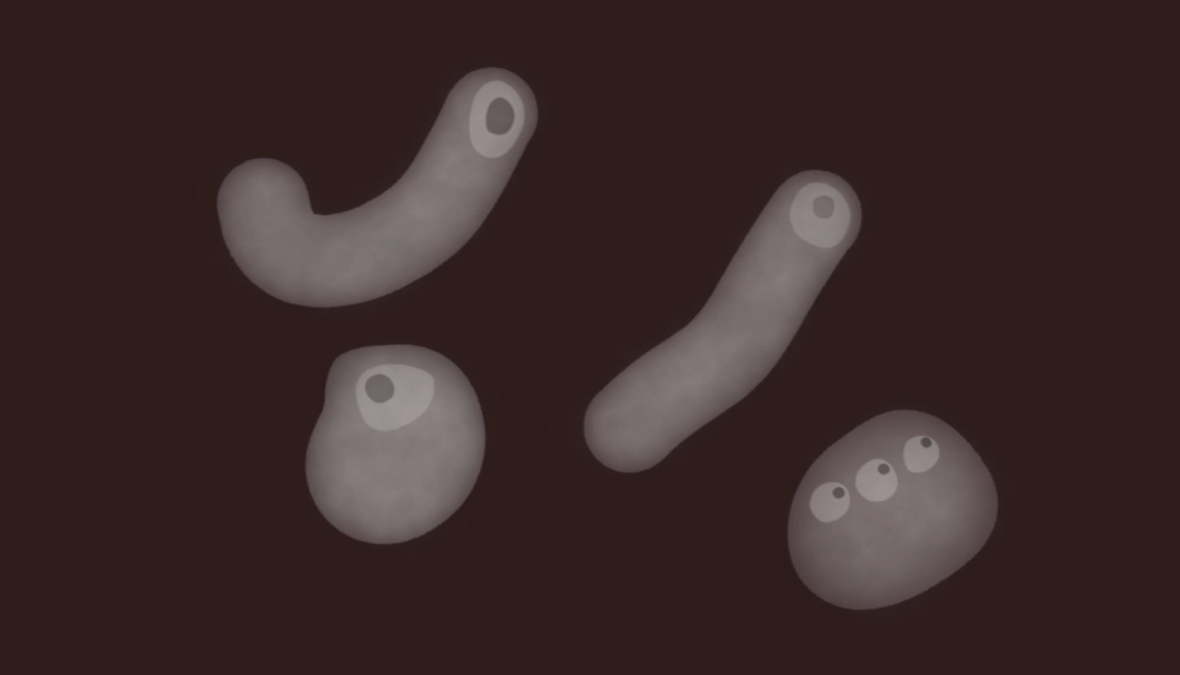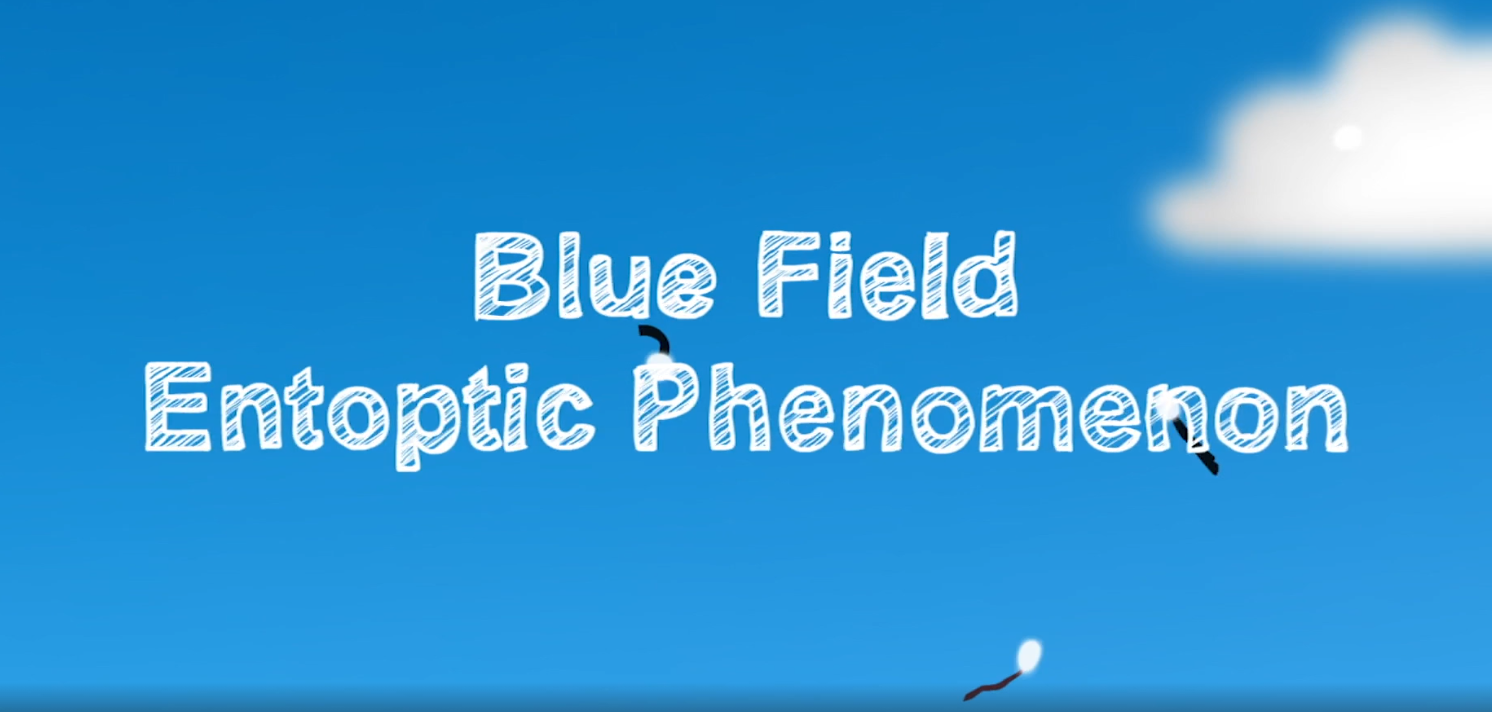Have you ever experienced the peculiar sensation of seeing tiny, translucent shapes drifting across your field of vision, like phantom dust motes or miniature aquatic creatures in your personal pond? These fleeting apparitions, often elusive when you try to focus directly on them, are known scientifically as Muscae volitantes, Latin for "flying flies." While their name suggests an external pest, they are, in fact, residents within the eye itself. Delving into these common visual phenomena reveals the complex and remarkable ways in which human biological systems operate.

The "flying flies" you perceive are not living organisms; they are tiny impurities floating within your eye's vitreous humor, a transparent, gel-like substance. Think of the vitreous humor as a clear jelly, and floaters as tiny bits of debris – perhaps fragments of tissue, stray red blood cells, or protein clumps – floating within it. As these tiny particles drift within the vitreous humor, they cast subtle shadows on the retina (the light-sensitive tissue at the back of your eye), and it is these shadows that we perceive as "floaters." This is similar to how holding your hand close to a wall under a single light source creates a sharp, clear shadow – the closer the floater is to the retina, the more distinct its shadow appears. The reason floaters seem to dance and bob with your eye movements is simply because they are suspended in the vitreous gel and move along with its inertia.
Floaters become particularly noticeable under specific lighting conditions, especially when looking at uniform, bright backgrounds like a clear blue sky, a white wall, or a bright computer screen. In such settings, the consistent background makes the shadows they cast stand out more clearly. Furthermore, bright light causes the pupil to contract, much like narrowing the aperture on a camera. This reduces light diffusion and sharpens the shadows cast by the floaters, making them more prominent.

Interestingly, there's another visual effect often confused with floaters: the blue field entoptic phenomenon. When gazing at a bright blue sky, you might observe tiny, darting dots of light. This is, in a sense, the opposite of seeing floaters. Instead of shadows, you are seeing tiny "windows" of light created by your own white blood cells. As large white blood cells (leukocytes) move through the capillaries on the retina's surface, they can temporarily push aside the red blood cells, creating a space that allows blue light to pass through more easily than the surrounding red-cell-filled capillaries. These transient bright spots trace the intricate network of your capillaries, and you might even perceive a subtle pulsation in sync with your heartbeat.
While both floaters and blue sky sprites are fascinating examples of entoptic phenomena – visual experiences generated within the eye itself – they remind us that what we "see" is not just a direct feed from the external world. It's a complex interpretation shaped by our physical biology and filtered by our brain. Our brain is remarkably adept at learning to ignore the persistent, benign presence of floaters, often relegating them to the background, much like it filters out the sensation of the clothes on our skin.
For the vast majority of people, these visual quirks are harmless and a normal part of aging or simply variations in eye composition. They are merely gentle reminders of the living system behind our perception. It's vital to be aware that a sudden escalation in the number or size of floaters, particularly if accompanied by flashes of light, could be a warning sign of a serious ocular emergency, such as a retinal detachment. In such cases, immediate professional medical attention is essential. For the target audience navigating a busy life, often spent looking at screens or enjoying the outdoors, being aware of what is normal and when to seek help is crucial for maintaining eye health. These small internal spectacles, while usually innocuous, underscore the importance of regular eye check-ups.

Ultimately, whether they appear as drifting specks or dancing lights, these entoptic phenomena highlight the profound truth that vision is an active, internal construction, not just a passive window to the world. They invite us to pause and appreciate the intricate biological processes that make seeing possible.



